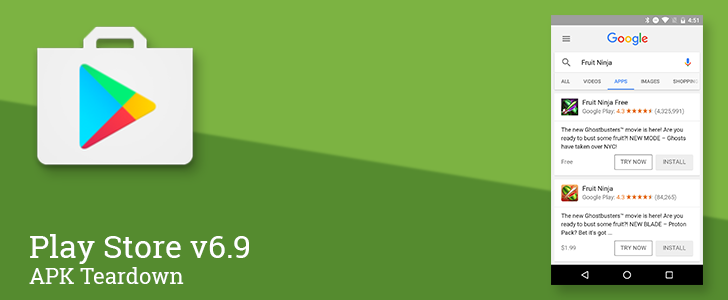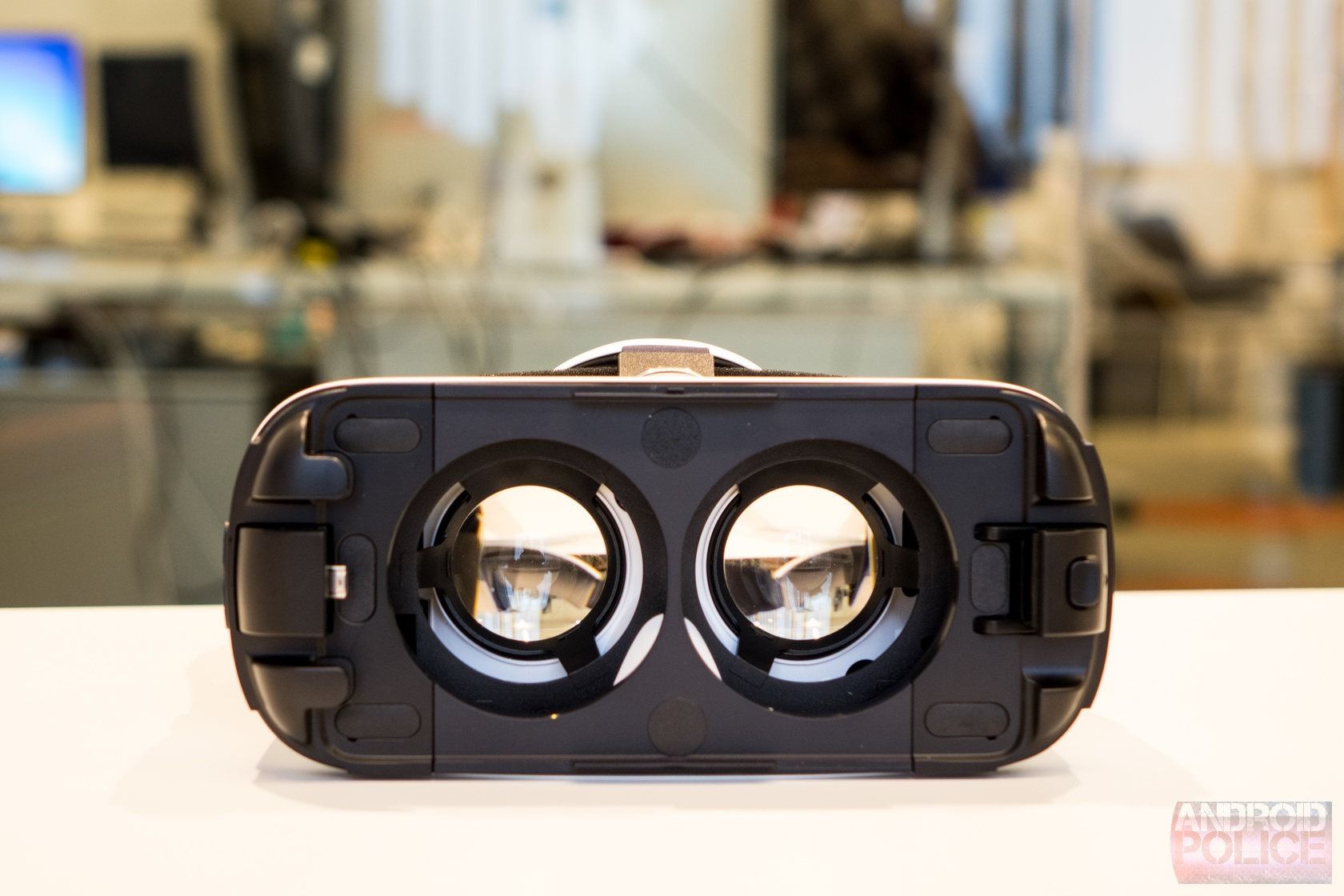latest
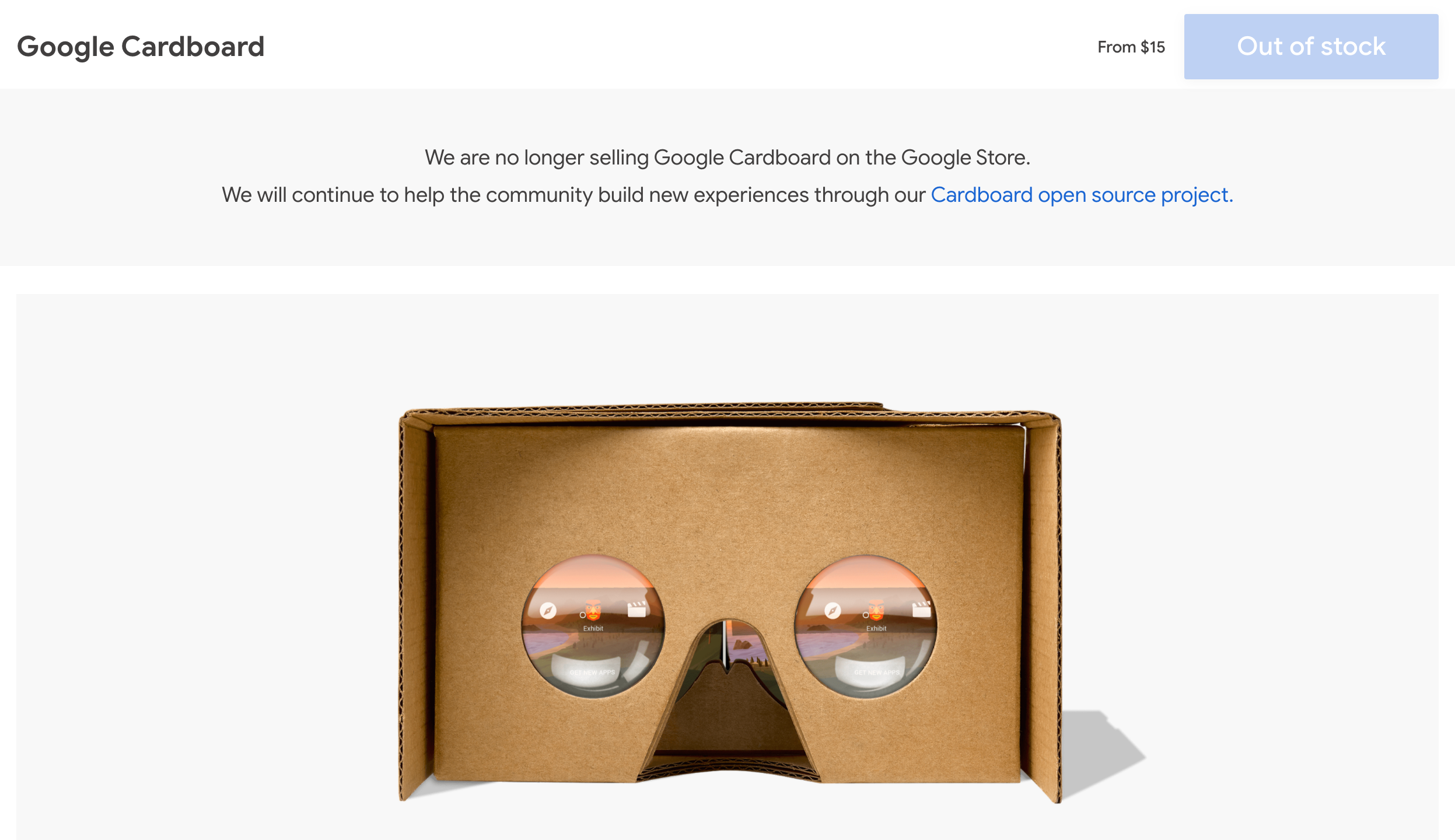
Google was among the first to herald the advent of mobile VR, but that daydream is slowly coming to an end. After the company halted the Cardboard SDK development and open-sourced it in 2019, it has now finally stopped selling the Cardboard hardware altogether in its online store.
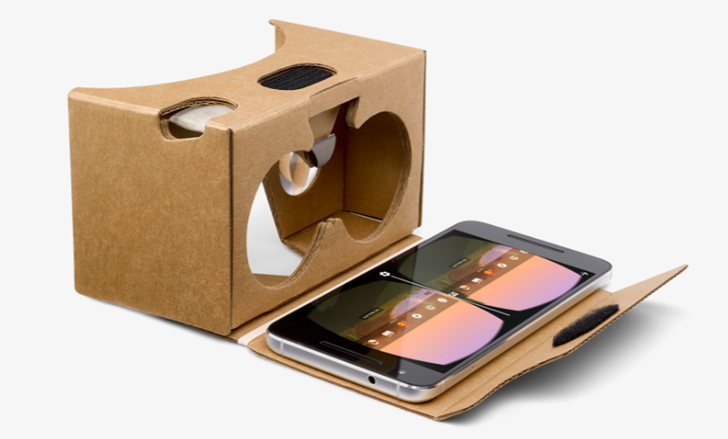
Long before Google introduced Daydream and subsequently left it dead in the water, the company created the Cardboard platform. You can use the carton headsets as an ultra-low-budget entry to VR to this day, and they're compatible with almost any regularly shaped phone on the market. Google has now open-sourced the underlying VR SDK which will allow interested developers to create their own VR experiences on Cardboard viewers and improve and enhance the project as they see fit.
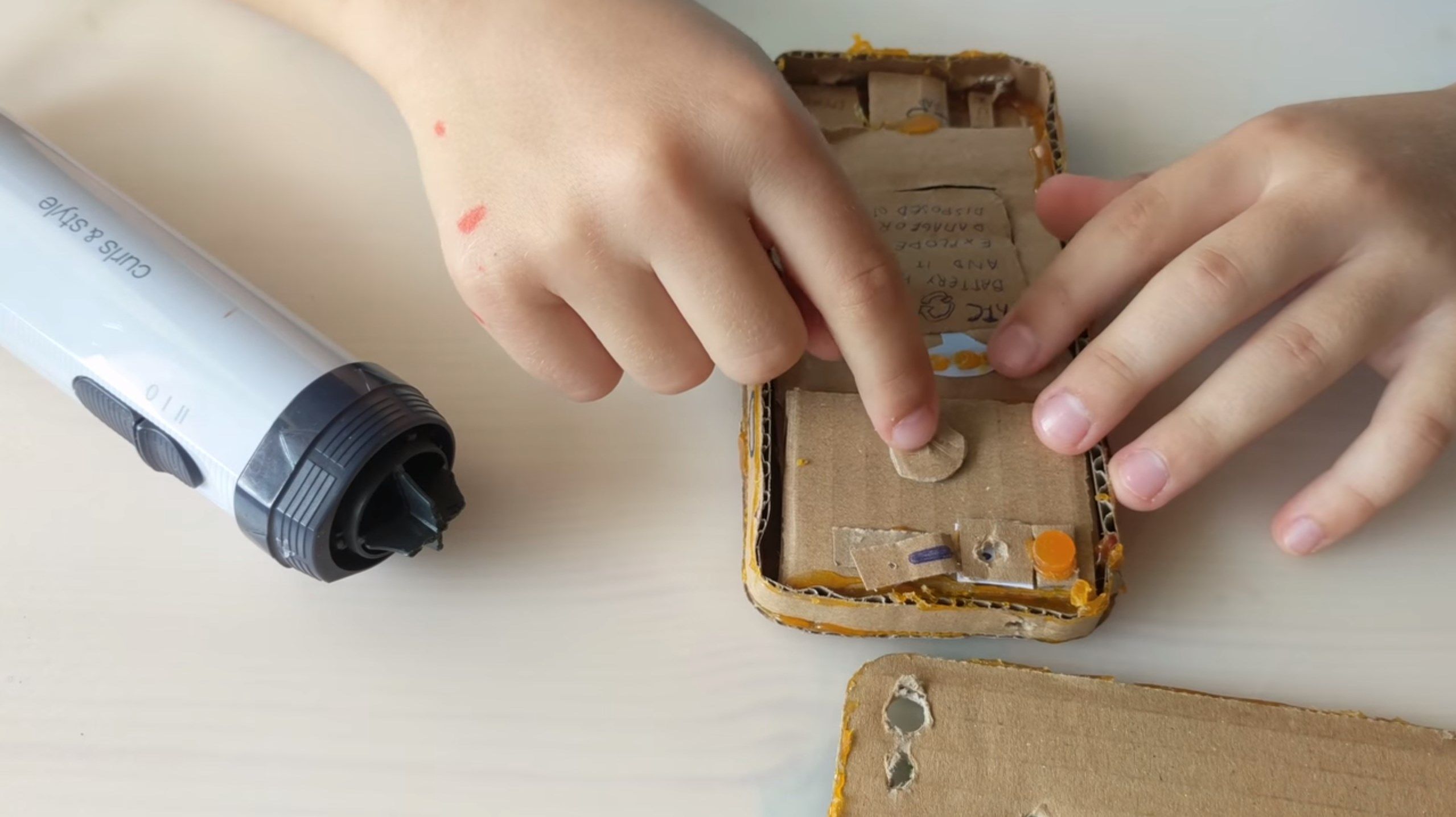
This might be the most precious thing you see on the internet today. A YouTube creator going by the name Little Tesla has broken into the world of video teardowns and durability tests dominated by folks like Zack at JerryRigEverything, but with a few twists: His phone is made of cardboard, and he's just a kid.
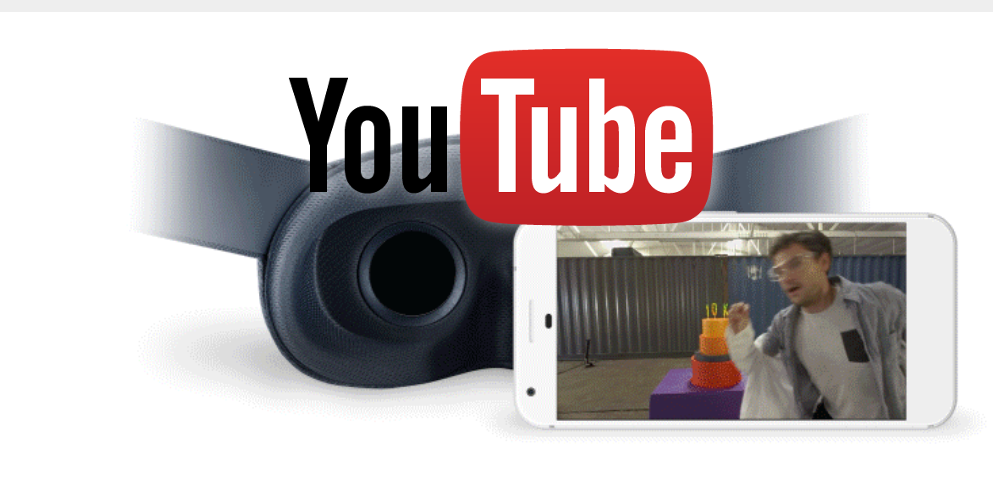
Today YouTube has announced a new video format to go along with all that VR the kids are using these days. It is called VR180, and it was created for YouTube in collaboration with Google's Daydream team. It works for both prerecorded and livestreamed content, and it's compatible with Google Cardboard, Daydream, and PSVR.
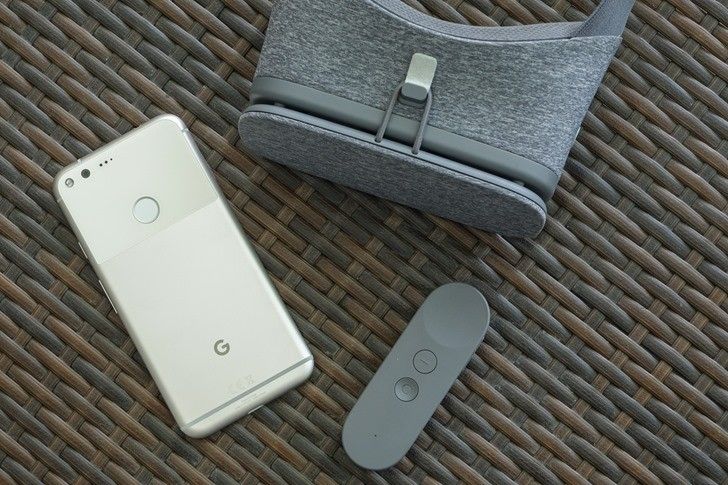
Today, Google took another step forward in its efforts to expand the availability of VR. Back in February, we reported that Chrome 56 added support for WebVR, but it was restricted to those with Daydream-ready phones. Now, the platform has opened to all Android phones compatible with Google Cardboard. Taking advantage of WebVR, you can access a variety of experimental VR experiences through the Chrome web browser on your phone or computer.
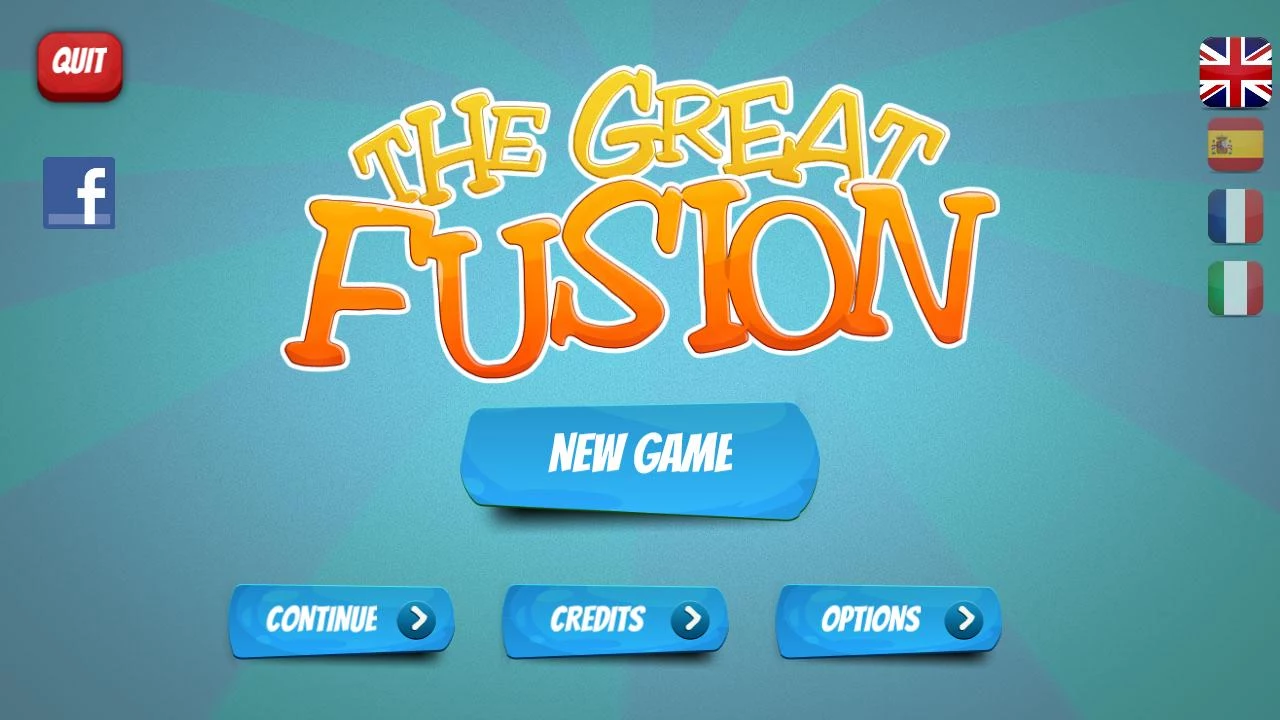
It wasn't too long ago that Google started allowing developers to run native sales for apps in the Play Store. We saw the color-based puzzle Linia go free yesterday, and now we have two more. The Great Fusion and VR Space: The Last Mission both come from developer Loading Home. Normally, these games would cost $1.99 a piece, but for a short time, they'll cost you nothing.
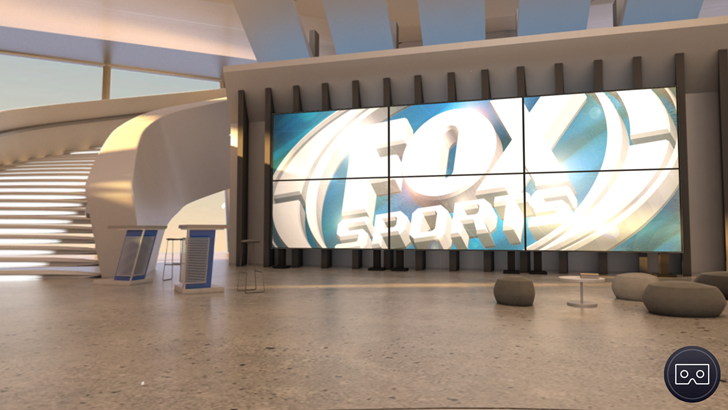
One of the core principles of video games is that they're aspirational: we beat the invincible bad guy and drive hovercraft race cars in lavish fantasy worlds because we can't ever do it in real life. Video games are now so amazing that they're intersecting with the real world in the form of VR, but our aspirations have softened a bit as we've gotten older - now some of those impossible dreams include "owning a really nice house." FOX Sports VR has embraced the death of the American dream by virtualizing that nice house and letting you watch football in it.
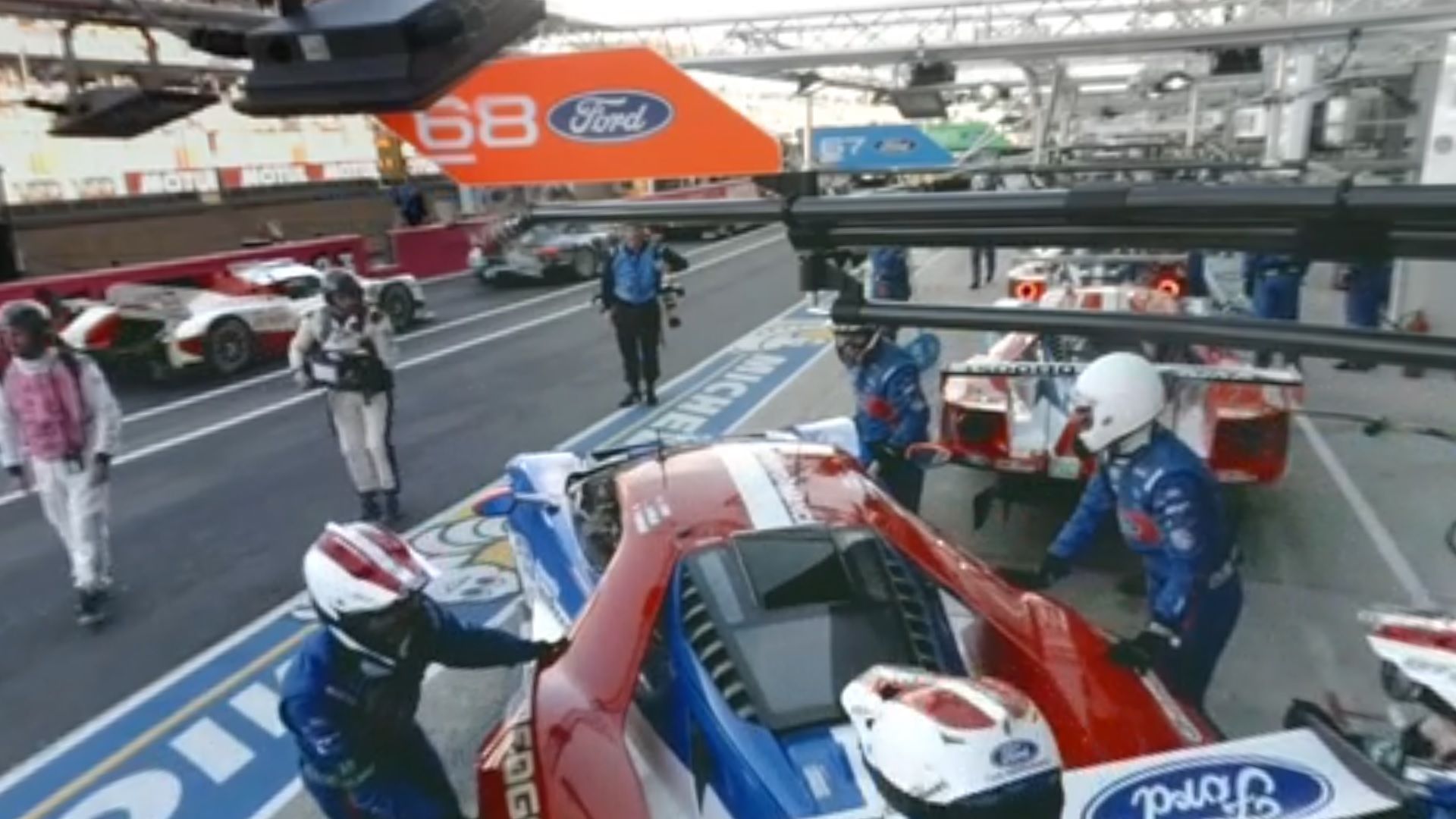
Have you ever thought to yourself, "Gee, I really wish I could watch Ford™ virtual reality experiences on my phone"? Me neither, but someone out there must be at least mildly interested, even if they are an executive at Ford.
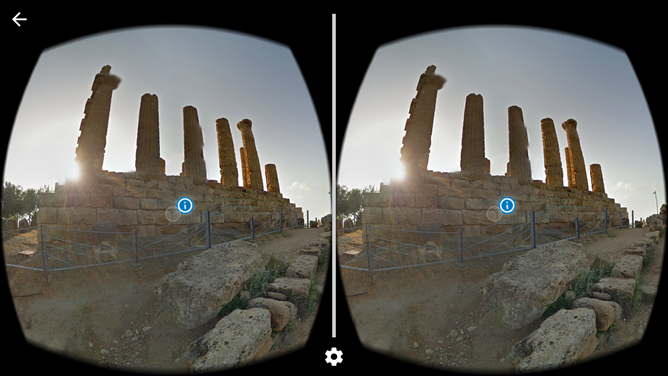
Hey, remember that Google Arts & Culture tool that the company talked about for exactly one day? No? Well now it's back. The hub for all things historically and artistically relevant has been given a fresh coat of paint, so to speak. Both the web portal and the app (which was previously little more than a web wrapper anyway) have been overhauled with a new interface, including a more contextual search bar that allows users to hunt for specific articles or pieces. Check out the difference in the app below:
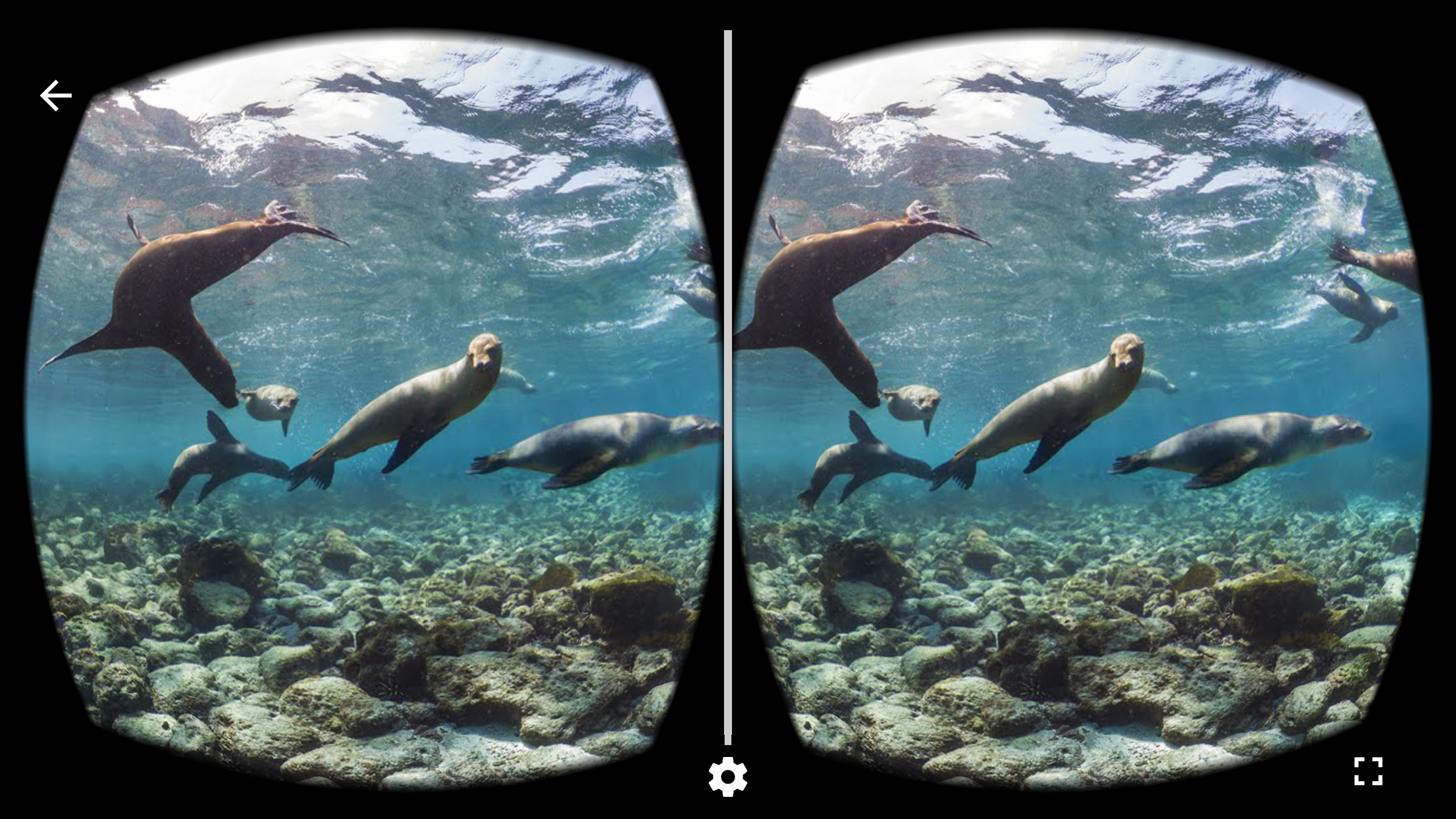
Google first talked about Expeditions way back at I/O 2015, after which they began trying it out with a large number of classrooms worldwide. Using the magic of VR, Expeditions would allow educators to take their students on realistic escapades into far-off lands. At long last, Google is making the app available to anyone who wants it.
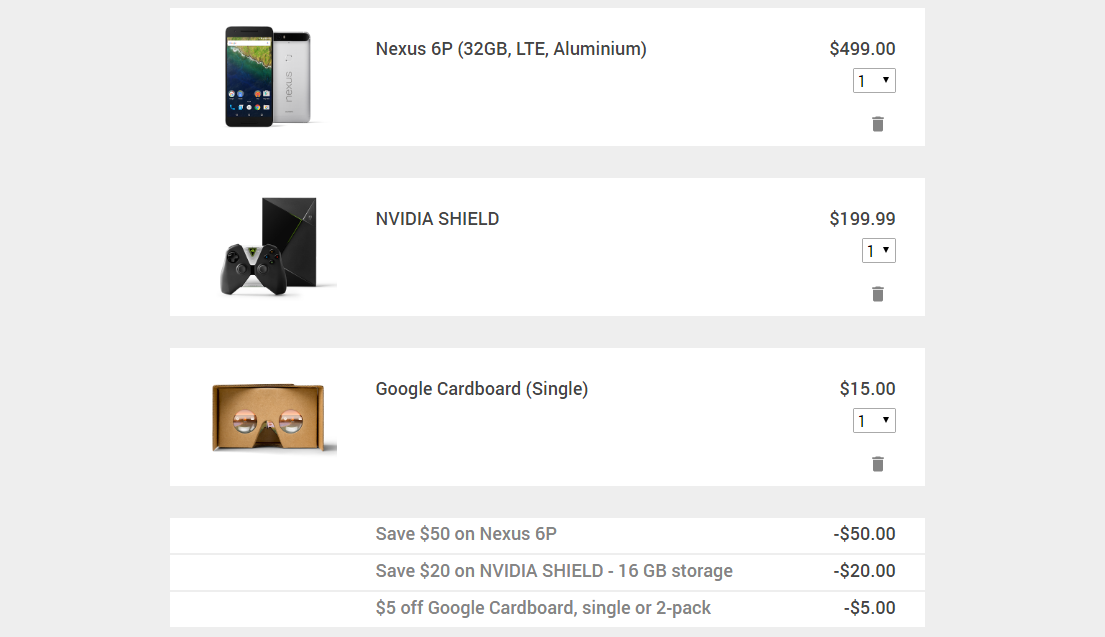
Read update
Google is running a few modest sales in the Google Store for the next few weeks, probably related to Father's Day. You can save some cash if you pick up a SHIELD TV, Nexus 6P, or Cardboard viewer. They aren't huge deals, but a discount is always appreciated.
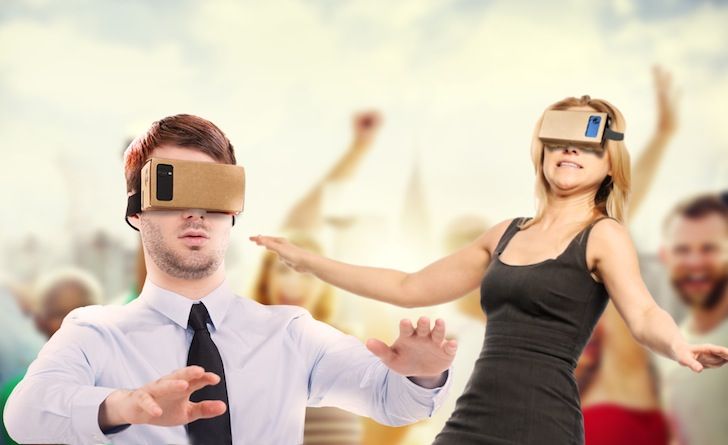
What if virtual reality was just reality, with a small asterisk? What if you could strap on your VR headset, regardless of the brand or technology behind it, and see the same thing that's in front of you... but mirrored? Or upside down? Or delayed by 2 seconds? Ha, what a novel idea!
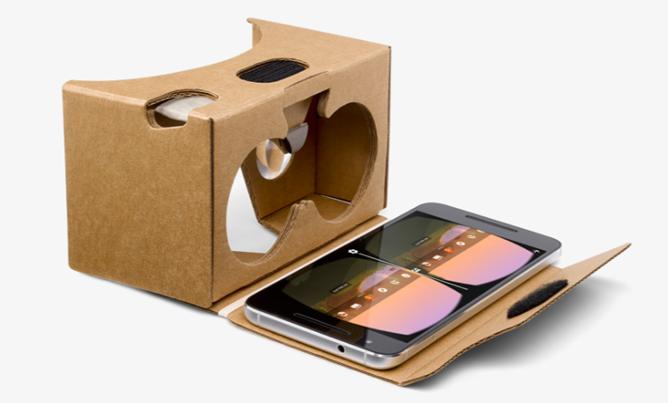
So you've yet to snag a free Google Cardboard VR headset from a trade show. Or a Star Wars promotion. Or a copy of the New York Times, or a late-night talk show host, or even a freakin' porn website. And even when Google started selling Cardboard for actual money, they only did it in the US and not [your country here]. Don't worry: if you lack the skills and/or materials to build one of the ultra-cheap headsets, you can now buy one in Canada, the United Kingdom, France, or Germany.
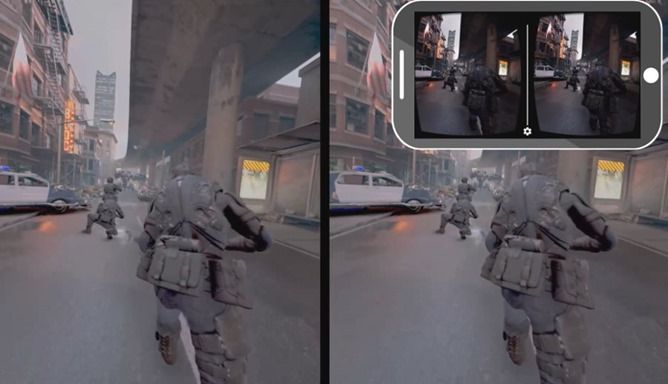
The current boom in virtual reality tech is progressing along roughly two lines: big, complex, and expensive VR headsets driven by full-power gaming machines, like the Oculus Rift and HTC Vive, and small, cheap headsets that slot a high-resolution smartphone in to pull double duty as processing unit and display, like Google Cardboard and Samsung Gear VR. Users who don't have four figures worth of money to burn have had to make do with the latter. But a new app is hoping to change that.
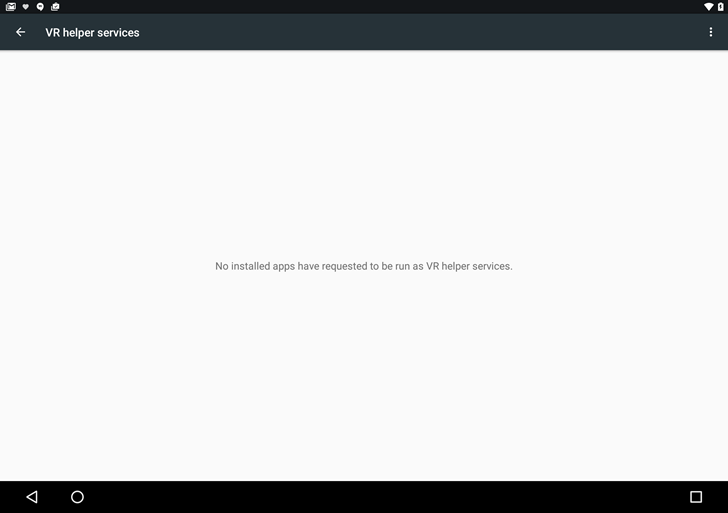
Virtual reality is the tech topic du jour, with nearly every major hardware and software company (or one of their partners) looking into it in some capacity. Time will tell if this is just a fad or something that will truly change the way we interact with technology, but Google is hedging its bets. In addition to the growing Cardboard VR platform, a few user-facing changes in the second developer preview of Android N point to more robust support for virtual reality in the future.
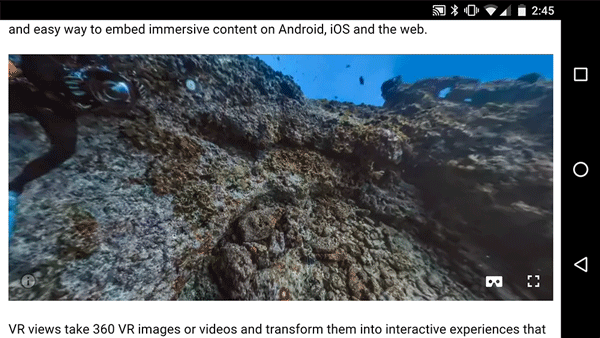
360-degree photos are cool, and they're gaining popularity quickly, but at the moment there's no easy way to get them into web and app content. Google aims to fix that with VR View, a new open-source system for easily embedding 360-degree photos and videos onto web pages and apps, both on Android and iOS. The new system is open source, allowing for (relatively) simple adaptation into a variety of situations. Google made the announcement on its Developers blog.
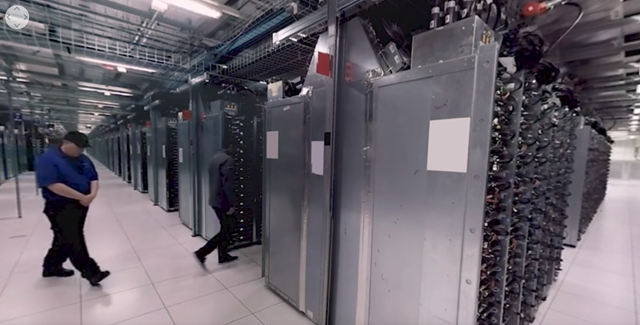
Don't let the information-rich but ultimately sterile presentation fool you. Google's latest 360-degree video, which offers a virtual tour of the company's The Dalles, Oregon data center facility, is porn. Okay, so it's porn for people with incredibly specific tastes. People whose blood starts to boil at the sight of thousands of rack-mounted severs. People who are aroused by a bajillion miles of meticulously organized fiber optic cable. People who get excited at the sight of intense biometric security. But porn nonetheless.








